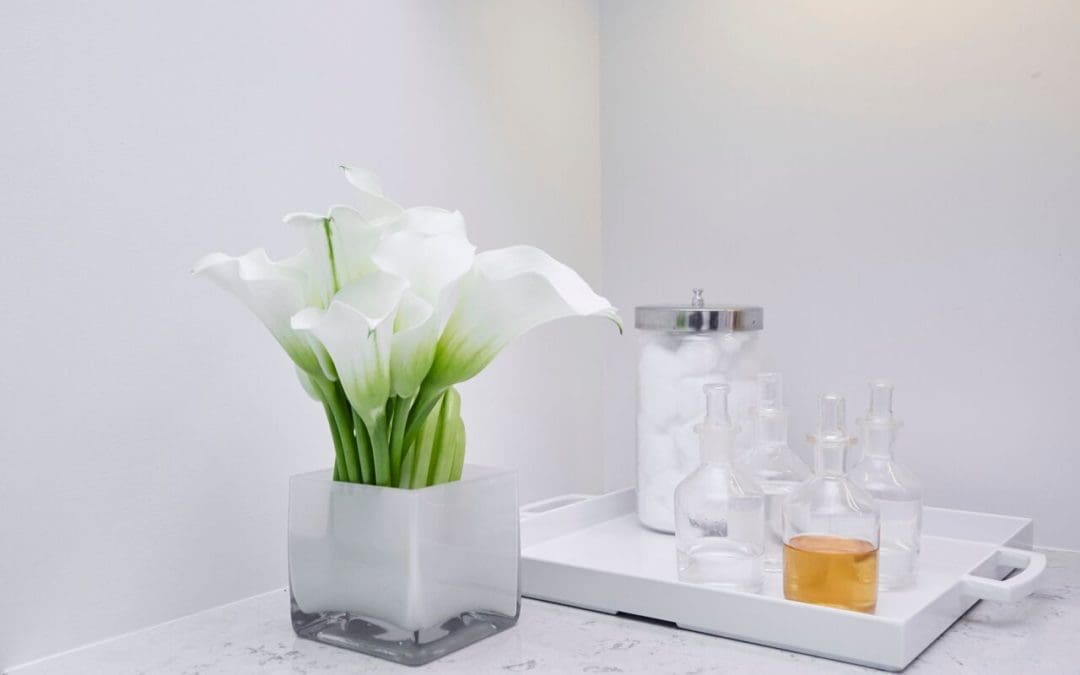Dr. Dennis Gross provides a logical approach to an often emotional situation
In my practice, I like my patients to have a calm approach to cosmetic decisions—but there’s no doubt that these decisions can be daunting. It’s easy to feel confused, overwhelmed and frustrated. What if I told you that every skin issue can be put in to one of three categories? It’s true—every flaw is an issue of texture, lines, and color. I call this my TLC method, which takes a logical approach to what can be an emotional situation. It’s simple: T = Texture, L = Lines, C = Color.
Texture
Think of your skin as a house. The epidermis, or top layer, is your roof. It’s exposed to all of the elements—sun, pollution, dry air and free radicals. This exposure is what causes texture issues like dryness, roughness, dullness, loss of radiance and enlarged pores.
The most effective treatment for textural issues are peels. They obliterate the dead skin cells that cause dry, rough patches and dislodge the gunk in your pores that causes them to look enlarged. Ingredients like retinol and glycolic acid are wonderful choices to use at home. In my office, I like to use professional-strength retinol peels or alpha beta peels—a mix of alpha- and beta-hydroxy acids. They provide a deeper exfoliation but don’t require any downtime.
It’s not just about wiping away the damage, though. You have to make sure you keep that freshly uncovered skin healthy by regularly hydrating it with a moisturizing hyaluronic-acid mask. My secret is to mix a hyaluronic acid gel with an ingredient like algae. It goes on like a gel and dries into a mask. This will keep your skin plump and moisturized and prevent those dead skin cells from building back up.
Lines
This category encompasses everything from fine lines to deep wrinkles and even sagging skin. This is obviously a big issue, and we’ll talk about it at length in a separate column.
Lines result from a loss of collagen, which is a protein fiber that gives skin its structure. As collagen is lost, your skin gets thinner. If the epidermis is the roof, the dermis is the foundation. Those collagen fibers are the concrete that allow your skin to stand up. Lose a bit of that collagen and it creates a crack in that foundation—a fine line. Lose a little more and that becomes a wrinkle. Your foundation collapses and that’s a crease. Then, the whole back of the house falls down and that’s a jowl.
The goal is stimulate your cells’ production of collagen, and the best ingredients to do so are vitamin C and peptides. Look for products with them and that use the word “firming.”
In-office peels and lasers are great for lines; you just need those that go a bit deeper than the ones you would use for texture. In my practice, I do laser cocktailing, meaning that I use a combination of lasers because because there’s no one laser that does everything. You also need to protect your collagen from the free radicals that cause it to break down, so be sure to use an antioxidant product, too.
Color
By definition, skin tone problems are areas of unwanted pigmentation. There are subtypes of color problems that are important to know, because they are treated very differently.
The first of those is sunspots. Like the name suggests, these are, circular, freckle-like spots that are caused by sun exposure. Though they may not appear so, they are, in fact, growths. Melasma, on the other hand, are patches of darker pigmentation on the cheeks, forehead and upper lip.
The only effective treatment for sunspots is using a laser like the Alexandrite. Topical products have shown no real effectiveness on this type of growth. Melasma responds to ingredients like vitamin C, retinol, ferulic acid and kojic acid, which break up and destroy the pigment.


Recent Comments